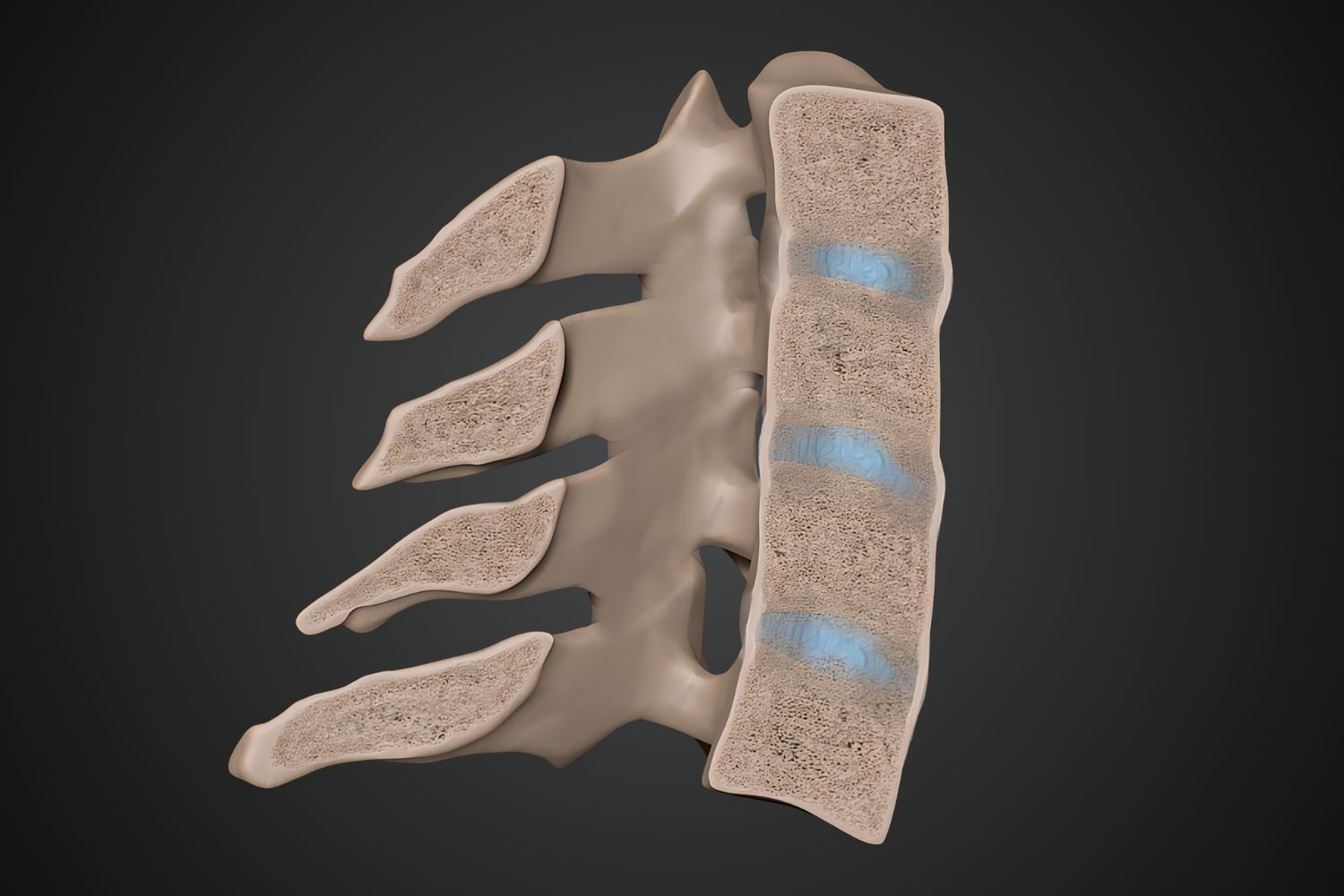
Andersson Lesion is a term that might sound unfamiliar, but it holds significant importance in the medical world, especially for those dealing with spinal conditions. What exactly is an Andersson Lesion? In simple terms, it's a spinal injury often linked to ankylosing spondylitis, a type of arthritis that affects the spine. This lesion represents a fracture or inflammation in the vertebrae, leading to pain and potential complications if not treated properly. Understanding the symptoms, causes, and treatments of Andersson Lesion can help manage the condition better. Let's dive into 30 essential facts about this medical condition to shed light on its impact and management.
Key Takeaways:
- Andersson Lesion, named after a Swedish radiologist, causes severe back pain and stiffness. It's rare but can be linked to ankylosing spondylitis, impacting mobility and daily life.
- Treatment options for Andersson Lesion include medication, physical therapy, and surgery. Lifestyle adjustments, support groups, and regular check-ups are essential for managing this challenging condition.
Understanding Andersson Lesion
Andersson Lesion, also known as spondylodiscitis, is a condition affecting the spine. It can cause significant discomfort and mobility issues. Here are some intriguing facts about this medical condition.
-
Named After a Pioneer: The lesion is named after Swedish radiologist Sigvard Andersson, who first described it in 1937.
-
Spinal Inflammation: It involves inflammation of the intervertebral disc and adjacent vertebrae.
-
Common in Ankylosing Spondylitis: Often seen in patients with ankylosing spondylitis, a type of arthritis that affects the spine.
-
Rare Condition: Despite its association with ankylosing spondylitis, Andersson Lesion is relatively rare.
-
Symptoms Include Pain: Patients typically experience severe back pain and stiffness.
Causes and Diagnosis
Understanding the causes and how Andersson Lesion is diagnosed can help in managing the condition better.
-
Microtrauma: Repeated microtrauma to the spine can lead to Andersson Lesion.
-
Infection: In some cases, bacterial infection can cause the lesion.
-
MRI Scans: Magnetic Resonance Imaging (MRI) is the most effective tool for diagnosing this condition.
-
X-rays: X-rays can also reveal changes in the spine indicative of Andersson Lesion.
-
Blood Tests: Elevated inflammatory markers in blood tests can support the diagnosis.
Treatment Options
Various treatment options are available to manage Andersson Lesion, ranging from medication to surgery.
-
Anti-inflammatory Drugs: Nonsteroidal anti-inflammatory drugs (NSAIDs) are commonly prescribed to reduce inflammation.
-
Physical Therapy: Physical therapy can help improve mobility and reduce pain.
-
Antibiotics: If an infection is present, antibiotics are necessary.
-
Surgery: In severe cases, surgical intervention may be required to stabilize the spine.
-
Rest: Adequate rest is crucial for recovery.
Impact on Daily Life
Living with Andersson Lesion can be challenging, but understanding its impact can help in managing daily activities.
-
Limited Mobility: The condition can significantly limit a person's mobility.
-
Chronic Pain: Chronic pain can affect daily activities and quality of life.
-
Mental Health: The stress and discomfort can lead to mental health issues like depression and anxiety.
-
Work Limitations: Many patients find it difficult to continue working, especially in physically demanding jobs.
-
Need for Support: Support from family and friends is essential for coping with the condition.
Research and Future Directions
Ongoing research is crucial for better understanding and managing Andersson Lesion.
-
New Treatments: Researchers are exploring new treatment options, including biologics.
-
Genetic Factors: Studies are investigating the genetic factors that may contribute to the condition.
-
Early Detection: Efforts are being made to develop methods for early detection.
-
Patient Education: Educating patients about the condition can improve outcomes.
-
Clinical Trials: Clinical trials are ongoing to test the effectiveness of new treatments.
Living with Andersson Lesion
Managing life with Andersson Lesion involves a combination of medical treatment and lifestyle adjustments.
-
Healthy Diet: A balanced diet can help manage inflammation.
-
Exercise: Regular, gentle exercise can improve flexibility and strength.
-
Pain Management: Techniques like acupuncture and meditation can help manage pain.
-
Support Groups: Joining support groups can provide emotional support and practical advice.
-
Regular Check-ups: Regular medical check-ups are essential for monitoring the condition.
Final Thoughts on Andersson Lesion
Andersson Lesion, a condition often linked with ankylosing spondylitis, can significantly impact one's quality of life. Understanding its symptoms, causes, and treatment options is crucial for managing this condition effectively. Early diagnosis and intervention can prevent severe complications, making regular check-ups and awareness essential. Treatments range from medications to physical therapy, and in some cases, surgery. Staying informed and proactive about your health can make a world of difference. If you or someone you know shows signs of Andersson Lesion, consult a healthcare professional promptly. Knowledge is power, and being aware of this condition can lead to better health outcomes. Stay vigilant, stay informed, and take charge of your health journey.
Frequently Asked Questions
Was this page helpful?
Our commitment to delivering trustworthy and engaging content is at the heart of what we do. Each fact on our site is contributed by real users like you, bringing a wealth of diverse insights and information. To ensure the highest standards of accuracy and reliability, our dedicated editors meticulously review each submission. This process guarantees that the facts we share are not only fascinating but also credible. Trust in our commitment to quality and authenticity as you explore and learn with us.
